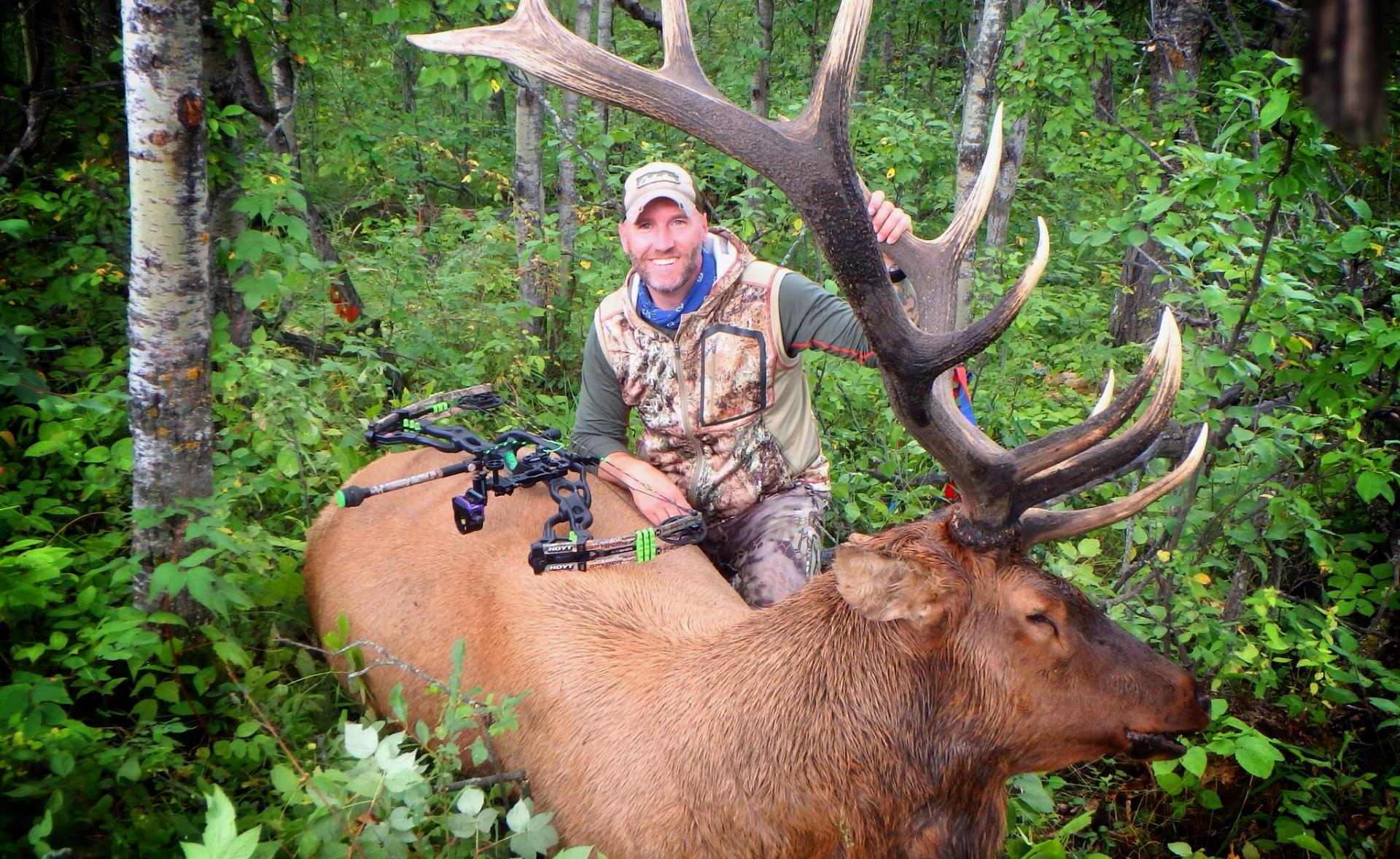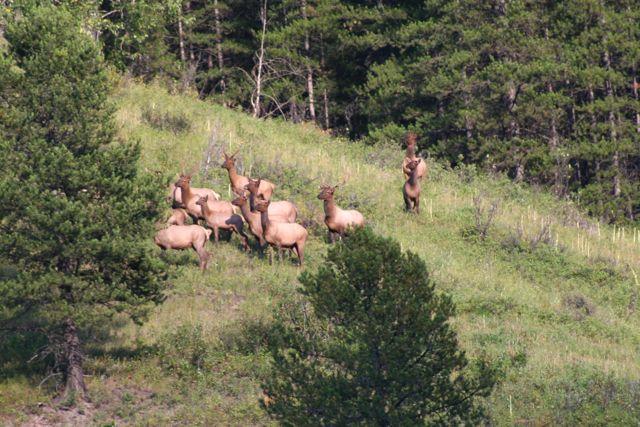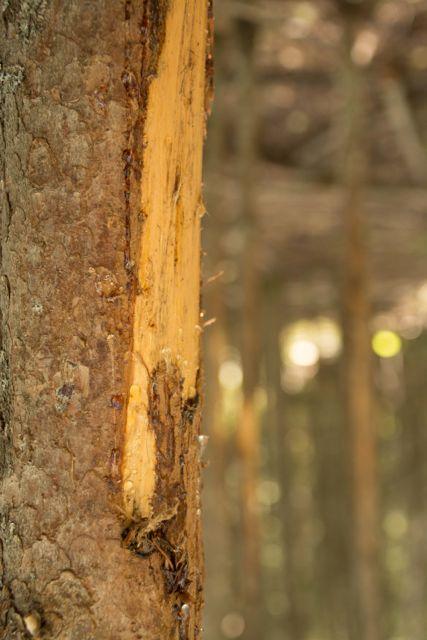EARLY ELK
Your complete guide to hunting buglers in the pre-rut, bow-only season
Advertisement
LOCATE
Elk inhabit a variety of terrain throughout Western Canada, from rolling prairie grasslands to the south-facing grassy slopes of the rugged Rocky Mountains, and almost everything in between. They often travel daily to and from prime feeding areas, and they’ll seek out new locations if the forage is sub-par or they feel threatened. That means hunters must be in prime physical condition to follow the herds.
Advertisement
Hunting where the sign isn’t fresh is pointless. And don’t hunt where elk have been or where you think they may return—hunt where they are. I made the mistake of not doing this when I first pursued elk because I thought they behaved like moose. They don’t.
Elk are social and vocal animals that travel in herds and move often (above). If you aren’t hearing them or finding plenty of fresh scat, keep hiking until you do. Like all game animals, elk require food, cover and water, and during the pre-rut this doesn’t change. Look for food sources such as standing crops, grasslands and other green shrubs.
Fresh rubs along saplings and poplar trees (below) are your best evidence that a bull elk is in the area. Bulls also create wallows to decorate themselves with mud and urine to lure in the ladies. Found in wet, flat areas at various elevations, wallows can make for awesome pre-rut hunting locations.
Advertisement
Multiple beds within the same vicinity usually indicated the presence of cows, especially if you find a calf bed. And if cows are in the area, bulls will be, too. Scouting for bedding areas during the summer and early fall can be risky because you could spook your quarry. But elk have so many bedding areas, and move around so much, you likely won’t bump any provided you hunt your way in and go slow. Watering holes and cover in a cool area near a food source are your best bets to find beds. Bedding areas also come with an abundance of trails, which the elk will use year after year.
Once you find fresh sign or actually spot some elk, you know you’re hunting in the right area. Now you just need a plan to get within bow range of a bull.



